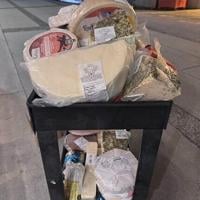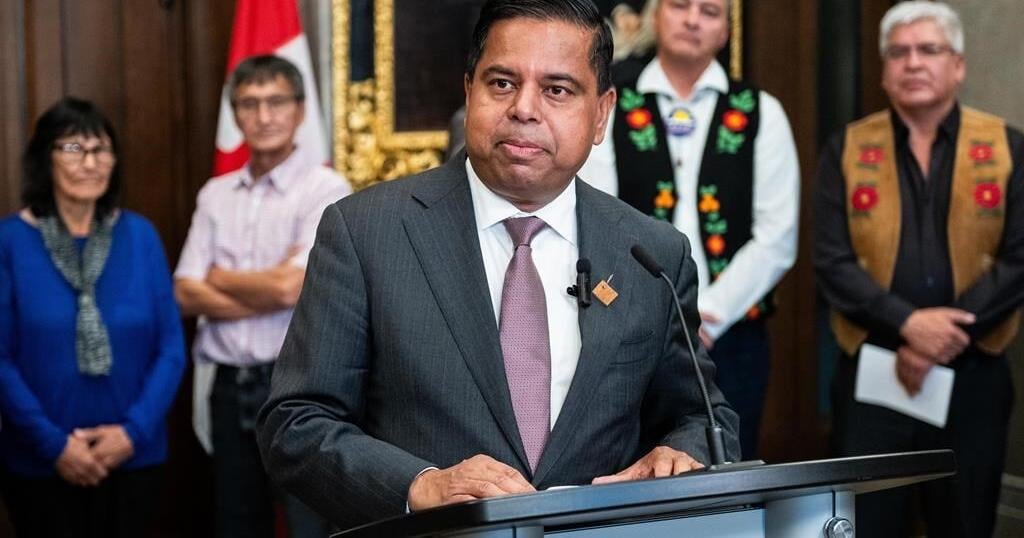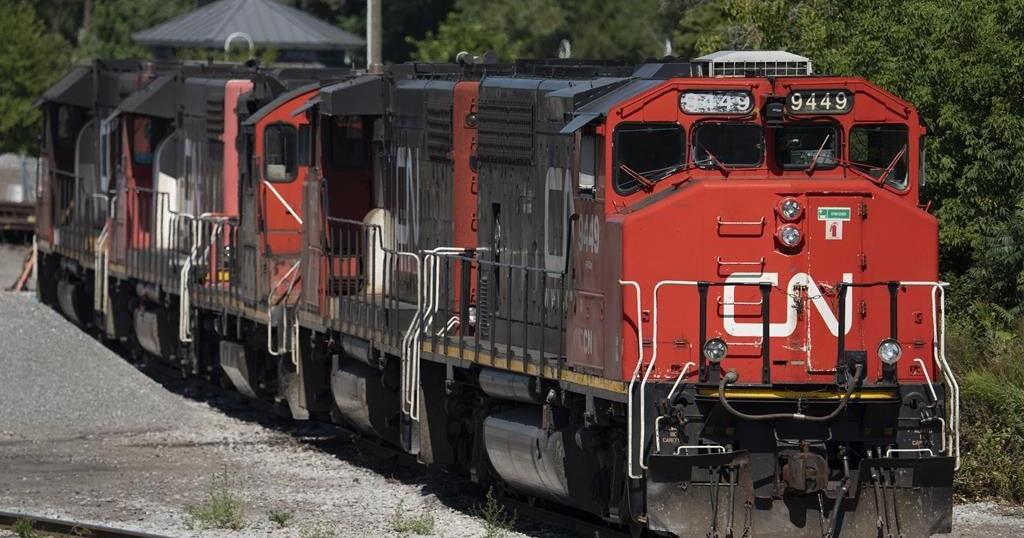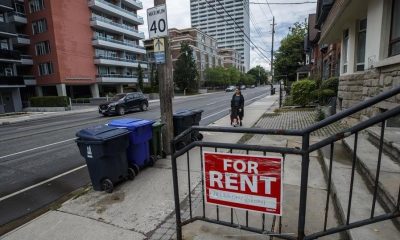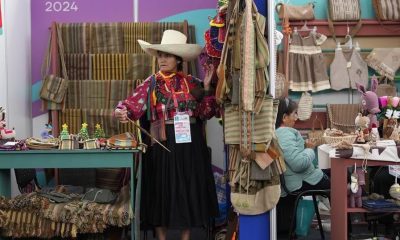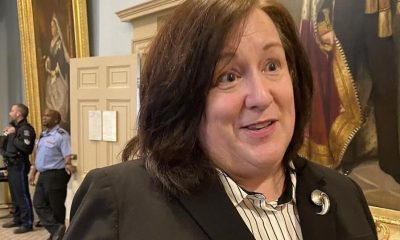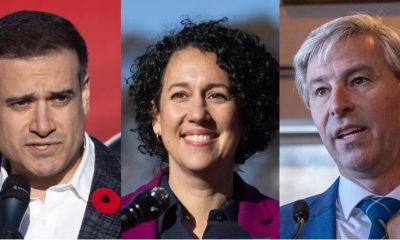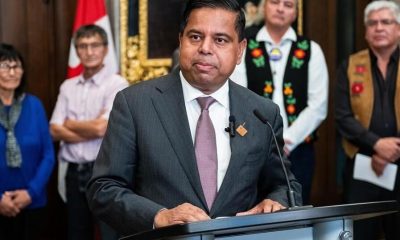OTTAWA – K’ahsho Got’ine guardians Twyla Edgi-Masuzumi, John Tobac and Buddy Gully pulled more than 300 fish out of the waters last week, distributing them to community members in the Northwest Territories who often struggle with the high cost of food.
“It’s very expensive to live here … There’s a lot of people struggling out here,” said Edgi-Masuzumi.
Gathering food for communities is just the start of the work they do: they locate missing boaters, host hide tanning and language camps, started their own water-monitoring initiative and are working to revitalize the trails their ancestors used to travel on.
“They’ve walked thousands and thousands of miles, and just having that feeling of walking in their footsteps is amazing,” Edgi-Masuzumi said.
But their work through the Indigenous Guardians program, while fulfilling for them and their community, isn’t always secure.
Now, thanks to a $375-million conservation fund, she said their work will be able to continue for years to come.
The Our Land for the Future fund is a collaboration between government, industry and Indigenous Peoples that includes $300 million from the federal government and $75 million from private donors. It’s the largest single investment in Indigenous-led conservation and stewardship to date in the territory.
That fund, announced on Thursday, will be used for Indigenous-led conservation and stewardship, ecotourism, traditional economic activities and climate research, among others. Money is expected to begin flowing out of it by mid-2025, and it’s expected to support hundreds of jobs per year over 10 years.
It’s the product of more than 20 Indigenous nations, government and industry partners working together, and was no easy feat, said Dahti Tsetso, the deputy director of the Indigenous Leadership Initiative.
Her organization was approached to help with the partnership table, and tasked with outreach.
“It’s been a bit of a journey to get here, but it’s really exciting to have got to a point where we’re ready to sign,” Tsetso said.
“We know that the return on investment for these dollars will be much greater than the investments themselves … We know what kind of impact these investments will have within our communities, across our regions, across the territory.”
Crown-Indigenous Relations Minister Gary Anandasangaree said the fund will be transformational for the region that is feeling the brunt of the climate emergency.
“There’s a real need to address it,” he said in an interview.
“And what we’re seeing is Indigenous Peoples — who are the true custodians of their land — having control over what they need to do to preserve and protect their land.”
The fund can be used to establish new protected and conserved areas identified by Indigenous governments, which Anandasangaree said will move the government closer to its goal of conserving 30 per cent of lands and waters by 2030.
“The signing of this landmark agreement marks a historic milestone in nature protection in the North and is a testament to what can be achieved through collaboration and a shared commitment to safeguarding nature, and building a conservation economy,” Environment Minister Steven Guilbeault said in a statement.
“With our support to Indigenous leadership in conservation, we are ensuring the protection of these lands, as well as creating cultural and economic opportunities for our children, grandchildren, and all future generations.”
For guardians Edgi-Masuzumi, Tobac and Gully, those generations are always at the front of mind.
Edgi-Masuzumi said that is what drives her.
“We all have kids, and we want nothing but the best for them,” she said.
“And to keep them on the land, passing what we learned onto them … It’s like we’re making our own little history, and they can carry that for us when we’re not in this job anymore.”
This report by The Canadian Press was first published Nov. 14, 2024.

